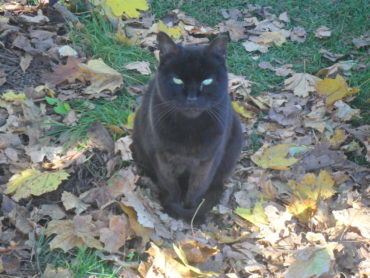NFL Player Carl Nassib Comes Out
Just in time for Pride Month, on June 21st Las Vegas Raiders defensive end Carl Nassib became the first active NFL player to come out as homosexual, in a very casual and matter-of-fact Instagram post. “I just wanted to take a quick moment to say that I’m gay,” stated Nassib, in what sounded almost like an afterthought, a testimony perhaps to the non-event such disclosures have become in recent years. “I’ve been meaning to do this for a while now, but I finally feel comfortable enough to get it off my chest,” continued Nassib. “I really have the best life. I got the best family, friends and job a guy can ask for. I’m a pretty private person, so I hope you guys know that I’m really not doing this for attention. I just think that representation and visibility are so important.”







